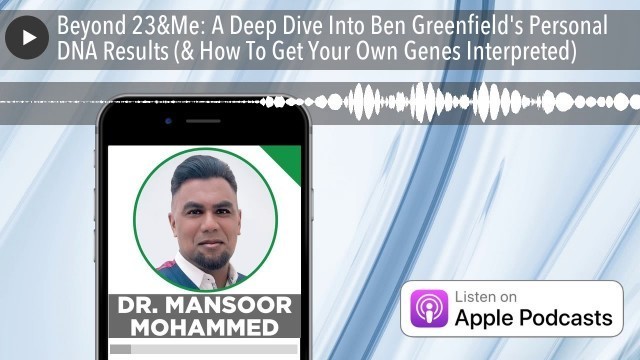

'Listen to the full episode here https://bengreenfieldfitness.com/dnapodcast I\'m constantly blown away by the amount of genetic data and actionable information one can garner from a simple bit of saliva. In today\'s episode, you\'re going to get an insider glimpse into how to go way beyond something as simple as 23AndMe or Ancestry and instead learn how to get truly useful health information that you can use to enhance health, performance, sleep, gut function, neurotransmitters and cognition and much more. My guest on this podcast, Dr. Mansoor Mohammed, has an extremely impressive background in the field of genetics. His credentials include: -BSc. Specialized Honours in Molecular Genetics | University of Guelph | Guelph -Doctor of Philosophy with Distinction in Molecular Genetics & Immunology | University of Guelph | Guelph -Postdoctoral Clinical Cytogenetics Fellowship | University of California | Los Angeles -Postdoctoral Clinical Cytogenetics Fellowship | Baylor College of Medicine | Houston Dr. Mansoor is now the President and CSO of The DNA Company, a leading and innovative provider of comprehensive Functional Genomics testing and consulting and an industry first: individually customized supplements based on your genetics. He is widely regarded as a pioneer in medical genomics and has been the recipient of multiple academic and industry awards. He is the holder of several patents in the general fields of molecular diagnostics and genomics research and is one of the most sought-after national and international conference speakers in the genre of personalized medicine. Prior to his role at The DNA Company, Dr. Mansoor was: - Founder and President of ManaGene (2010-2018) - CEO of Combimatrix (Nasdaq traded leader in diagnostic genomic microarrays) (2006-2010) - Director of Genomics at Quest Diagnostics (The world’s largest reference laboratory with a market capitalization of over $10 billion US) (2003-2006) - Director of Research and Development at Spectral Genomics (one of the industry’s first commercial genomic microarray developers spun out of Baylor College of Medicine under Dr. Mansoor’s scientific leadership) Dr. Mansoor maintains an active clinical practice as a genomics consultant to some of the leading executive health clinics in Canada and abroad. During our discussion, you\'ll discover: -What makes each DNA test different and how to choose what\'s right for you...9:30 Consider the various elements of genetic testing: SNPs (pronounce \"snips\"; single nucleotide polymorphisms) Copy number variation (CNV) INDEL (insertion/deletion polymorphism) Understand how the various labs go about testing the elements Humans have two identical copies of the DNA code (from each parent) When testing for SNPs, the genetic paragraph is \"read\" and looks for variations between the two The more paragraphs you try to query simultaneously, the greater risk of error (false negatives/positives) Characteristics of a proper DNA test: Concern is for the physical manifestation of the genes, not the genes themselves Cellular function is key indicator Identify the genes that influence the desired outcome Pinpoint the specific DNA to test vs. \"shotgun\" approach Avoid drawing data for data\'s sake -A review of Ben\'s DNA test and how they compare to his two sons...25:00 Two different reports: Genome Pulse Report and Hormone Pulse Report (looking at the GPR) Vascular function Cells that line the vascular system receive the most wear and tear 9P21 markers (not genes) are correlated with the lining of the blood vessels; \"the heart of the human genome\" A alleles and G alleles The more G alleles you have, the less resilient is the endothelial lining Increase good quality vegetable matter People with multiple G alleles benefit less from vegetable matter (like red wine) than those with none Smokers are more likely to die of vascular disease than lung disease Glutathione S-Transferase (GST) pathway is one of the key pathways in the body Glutathionization: the cellular process that neutralizes toxins in the body What happens when someone doesn\'t have 2 copies of a gene... You sometimes have genes you didn\'t inherit from either parent Talking about SNPs in the gene is irrelevant; As is epigenetics (alter the expression of the genes, not the genes itself) 3 vitally important GST genes: Theta 1, Pai 1, Nu1 Should a person only have 1 copy of a gene, they will produce 50% less than someone with 2 copies Ben Greenfield has 1 copy of the GSTT1 gene (as does 60% of the population) Important to not exceed a healthy toxicity threshold Ben Greenfield does not have the GSTM1 gene at all Useless to discuss SNPs for that gene The M1 gene is a backup: it can be lost with less consequence than other genes (such as the T1) What this means is that Ben Greenfield has low to average glutathione detox capacity Must be more cognizant of diet, environment, etc. Ben\'s two boys are missing the GSTT1 gene completely -Personalizing diet and/or supplements based on'
Tags: 23andme , dna , genes , genetics , epigenetics , glutathione , tintersection
See also:

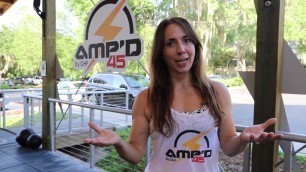

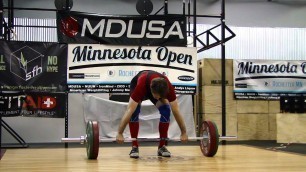
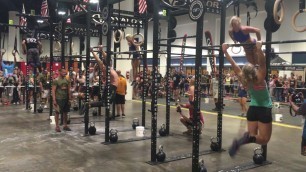
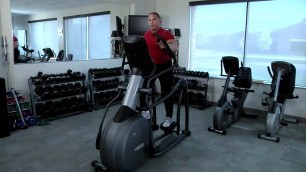










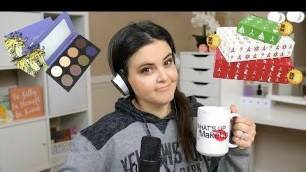
comments